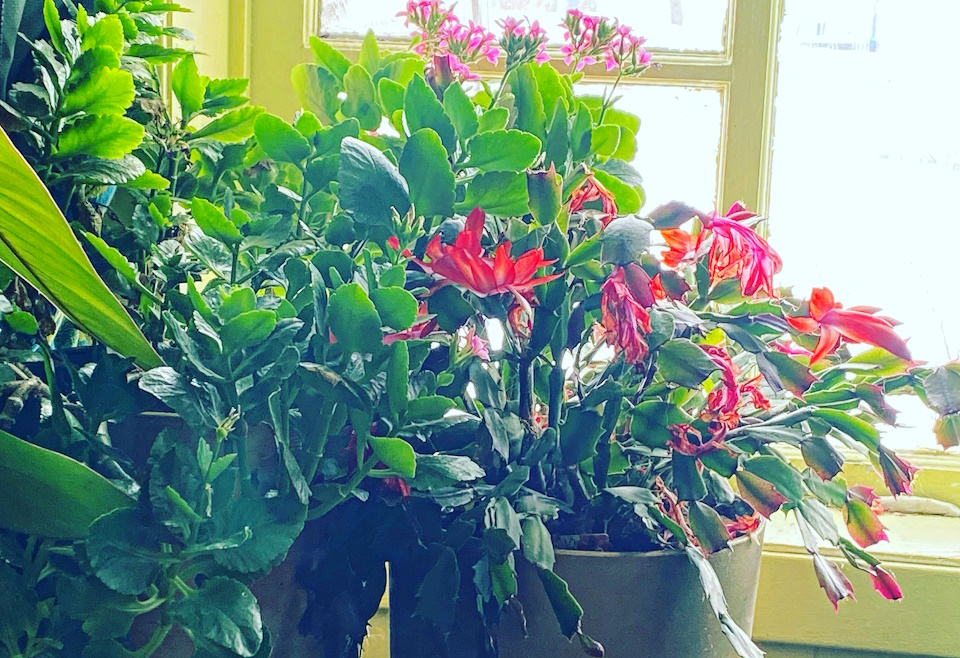With persistent wildfire smoke blanketing much of Saskatchewan each summer, outdoor gardens are showing signs of stress — and according to Moose Jaw horticulturalist Leslie Cornell, the situation is only getting tougher for backyard growers.
“When you have clouds with a lot of particulates, you're blocking sunlight — which, you know, plants also need to eat,” said Cornell. “They also don’t breathe properly. They just are not functioning properly by any means.”
As smoke lingers over southern Saskatchewan, Cornell explained that the microscopic particulates not only restrict light, but also collect on leaves, clogging the tiny openings plants use to take in air.
“The pores — they're called stomata — are what a plant breathes through. They're usually on the underside of the leaf, but when you have smoke, it can get on both sides,” she said. “That's why I believe just giving them a bit of a shower once in a while, not in the heat of the day but say early evening, is a good idea. Let them refresh overnight.”
Washing plants down with a hose, even lightly, and keeping them well-watered can make a big difference — especially for large-leafed plants that take in more air and accumulate more debris. Cornell recommends rinsing outdoor plants either in the morning or after the sun is low to avoid leaf burn, and said plant-appropriate fertilizer can boost resilience — but it’s time to back off for woody plants.
“My magic number was always July 15th — stop fertilizing woody plants,” she said. “You can still fertilize herbaceous plants that die to the ground, but woody plants need to toughen up for fall. Bone meal in the fall is a best practice because it’s not immediate — it gets them ready for spring.”
Cornell said one solution for struggling plants is to bring them indoors — where they can begin to recover while also improving indoor air quality.
“They're constantly working to clean the air harder than before,” she said. “The more plants you have in your home, the more they are cleaning the air and making it easier to breathe.”
Cornell keeps palms, ficus, cactus, orchids, philodendrons, begonias, and lots of snake plants in her home — all of which thrive in lower light conditions and help purify the air. But she cautioned that not every plant is pet-friendly.
“Some pets do like to nibble on plants, and there are definitely some that can cause mouth burns, some can cause seizures,” she warned. “You really need to find those things out — especially if you have a pet that likes to chew.”
Cornell added that this is an ideal time for homeowners to take stock of their greenery — not only because of smoke conditions, but because local greenhouses are trying to move inventory during the hottest part of the season.
“There definitely are sales on right now. You can check our Facebook page — the sales are changing quite often,” she said. “Trees, shrubs, perennials, annuals to succulents — we've had a pretty regular buy-one-get-one-free succulent sale running.”
Succulents, snake plants, and other hardy indoor greenery may be a smart way to turn smoky summer air into something a little fresher, especially if you know what to look for.
“You can always ask your gardener or the person at the greenhouse about things like pet allergies and what the plant needs,” Cornell said. “We’re halfway through the season now, and we definitely need to get our going-to-live-with-us-in-our-homes-for-the-winter guys moved in.”
